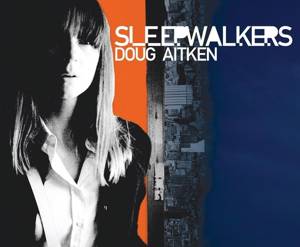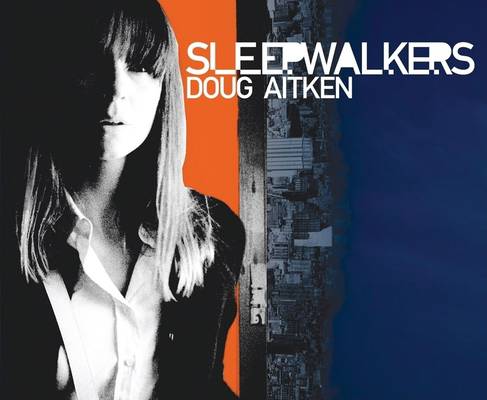
- Retrait gratuit dans votre magasin Club
- 7.000.000 titres dans notre catalogue
- Payer en toute sécurité
- Toujours un magasin près de chez vous
- Retrait gratuit dans votre magasin Club
- 7.000.000 titres dans notre catalogue
- Payer en toute sécurité
- Toujours un magasin près de chez vous
34,95 €
+ 69 points
Description
In January and February of 2007, the Los Angeles-based video artist Doug Aitken projected a new work, commissioned by The Museum of Modern Art and the New York arts institution Creative Time, onto seven facades on and around MoMA's fabled West Fifty-third Street building. Sleepwalkers was both inspired by, and offered in opposition to, the densely built midtown environment; it integrated itself onto the surfaces on which it was projected, and it challenged viewers' perceptions of architecture and public space. The piece, which follows the trajectories of five characters as they make their way through nocturnal New York, explores Aitken's key recurring themes: broken and recombined narratives, the rhythm and flow of information and images, and the relationship of individuals to their environment. The viewer, as a pedestrian, a participant and a vital component of New York's energetic system, becomes part of the work, and of the interactive personal landscape that Aitken creates in and among the hard-edged concrete and glass language of Manhattan's architecture. In addition to documentation of Sleepwalkers, this publication contains an overview of the artist's work to date, with special emphasis on works since 2001. It also contains conversations between Aitken and a variety of artists, architects, writers and performers about different elements of city life, from the lit signage of Times Square to a taxi driver's eye view of the streets.
Spécifications
Parties prenantes
- Auteur(s) :
- Editeur:
Contenu
- Nombre de pages :
- 176
- Langue:
- Anglais
Caractéristiques
- EAN:
- 9780870700453
- Date de parution :
- 01-01-07
- Format:
- Livre relié
- Format numérique:
- Ongenaaid / garenloos gebonden
- Dimensions :
- 270 mm x 227 mm
- Poids :
- 916 g







